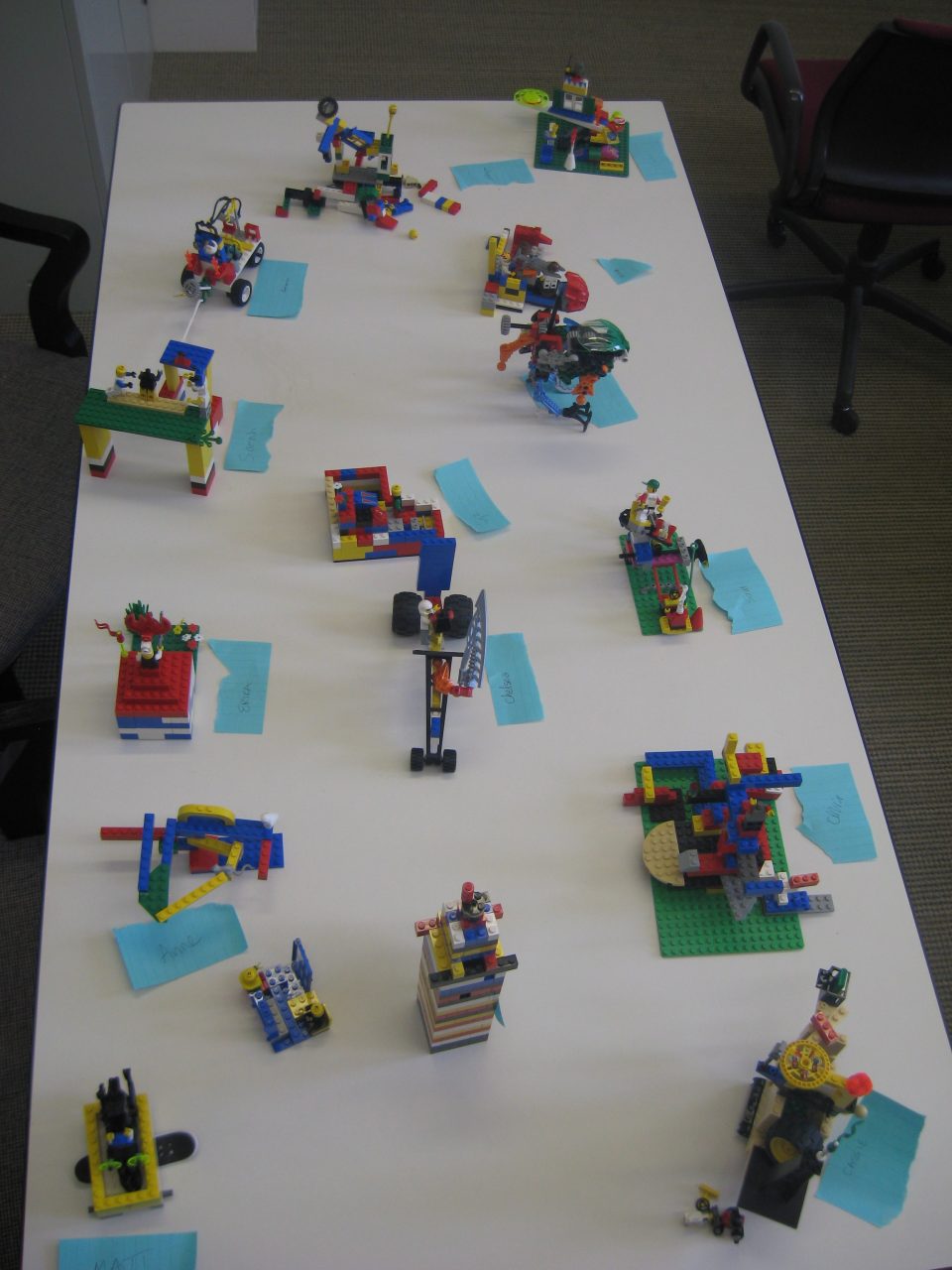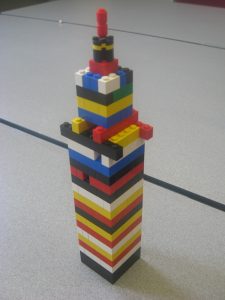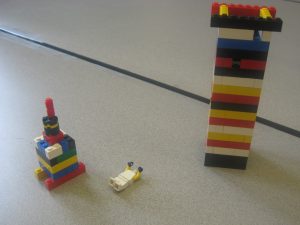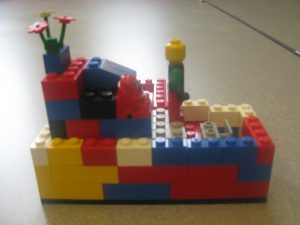- Taking the 20,000 foot view on my class
- Ending the semester, Lessons Learned (Part 4: Assessment)
- The Backwards Syllabus
- Low hanging fruit
- VoiceThread as Final Exam
- Teaching outside of the textbook and inside of the museum
- Digital Storytelling and Language Learning
- Blogging their scholarship
- Professional development: Simple, small-scale, and cost-effective
- Why I teach.
- Teaching Transparently: Scuba diving in 2nd year college Spanish
- Ending the semester, lessons learned (Part 3)
- Social Networking and Octegenarians
- Ending the semester, lessons learned (Part 2)
- Ending the semester, lessons learned (Part 1) … (of what will be many)
- Midterm assessment: My turn
- What’s under the hood: letting the outside in
- Informal Assessment, Disruption & Repair: Making change happen.
- Week 4: What? You don’t want me to write a paper?
- Welcome to the free fall
- Struggling with the Syllabus
- Imagining a college without grades
- Reflections from the Chair Swing, Moving into the Summer
- Syllabus Hacking with Bryan and the bava
- Well this is embarrassing
- There is no mystery in grading
- Using Can-Do statements for student self assessment
- El Proyecto Personal: Creating Conversations, Taking Risks, Learning to Prepare for the World Outside the Classroom
- Creating Radio in the Language Classroom
- Teaching Acceptance through Storytelling
- Improvisational teaching
- Fear, Motivation, Social Consciousness and Language Learning: the graph
- Using Radio Ambulante in the Spanish language classroom
- Creating, Uploading, Commenting and Sharing Audio via SoundCloud
- Notes I jotted to myself at the end of the term
- Student-centered, project-based learning…and a medical emergency
- Taking a tour of the HISP 205 class blog
- Let’s go bowling!
- Cooking with Drag Queens: Teaching Inclusion and Discovering the Limits of the Spanish Language
- Tune Up and a Smack down (part 2): The gringa returns to Bogotá
- A tune-up and a smack-down: The gringa returns to Bogotá
- Rethinking the role of the language textbook
- Our WordPress Class Blogging Tool: Now Yours Too
- A few shout outs and a woof
- Mid semester evaluation: Do it.
- What we did in class today, and no I can’t get you the notes.
- Searching for blogs in all the wrong places.
- Planning for HISP205-09… in Second Life
We are at the end of the first half of the semester, and what an extraordinary 7 weeks this has been. Outside of our small town there have been wars and tsunamis and earthquakes and nuclear reactors melting down. Oh and Liz Taylor died. The world is clearly coming to an end.
Inside our cozy world of high ed it has been equally cataclysmic. Something weird is going on. Never before have I had so many students sick with so many different physical (and mental) maladies. We have run the gamut from the flu to mono to depression to food poisoning…yes… a scabies outbreak in the dorms. Just lovely. As a result the students have missed class, fallen off the class blog, lost track of their projects and basically turned into human puddles. Okay some, not all. But still, this has been a rough few weeks and spring vacation, once again, seems one week too far off.
I meet with my students once a week for 15 minutes to check in with them. If they don’t want or need or can’t come that is fine, all I ask is that they let me know so I can plan accordingly. My experience has been that I can have all of the open office hours in the world, but the students who most need an occasional intervention are often the least likely to darken my door. Also, with so many absences during the past few weeks, I have found these mini meetings essential to helping them get back on track and helping them regroup and refocus.
This past week it seemed like everyone was sick or about to be sick and pretty much fried. Professors were hammering them with papers and midterms, attendance was being counted and scrutinized, pop quizzes abounded. These once vibrant inquisitive young people were battered beings, wanting to learn and engage but totally, totally spent. Plus it was anticipated that they would all just keep plowing on, like the good academic soldiers they have been trained to be.
My question to all of you is this: what kind of real learning happens in situations like these? As students cram and undersleep and over caffeinate, and as professors (equally tired and sleep deprived to be sure) demand more and more ways to assess what has transpired during the term (because midterm grades are due, dontcha know), I am fairly certain that all learning has pretty much stopped. We have moved from learning to cramming and from cramming to regurgitating and then…vacation. I have often thought that the traditional assessment periods of mid and end of the semester are actually the WORST times to ask students to account for what they have learned in a term for exactly this reason…the timing is off, we and they are fried, and because the we are expected to come up with a grade at the midterm mark.
Learning stopped about a week ago and became test prep…just as it was for our students in highschool and before when the calendar said it was time for some of those high stakes state mandated standardized tests to be deployed. And our students, having spent 12+ years in that system, soon fell back into that pattern once more.
So in class yesterday I tried something different. I should preface my comments and say this activity was not meant to make me into a fun teacher or a cool teacher or anything of the sort. Rather, I wanted to re-emphasize to them and to myself the reality of our classroom: we are a community of learners and we have a lot that can be shared with each other if the opportunity arises. I knew how fried they all were, but did they know they were not alone in that sentiment? I tell them over and over again: use the language to speak about something that is important and vital to you. My job, I felt, was to create more of those opportunities where they could share their common experiences and be heard and share their thoughts in a stress-free way.
Enter Lego®.
The assignment: Come to class. Sit around the table. And create by yourself or with a partner a representation of what the last two weeks of the semester have looked or felt like. Describe it to the class. Blog about it over the break.
The student talked about how the term had been a series of successive bricks in the wall, each of which she should have been capable of tearing down, but ultimately she was not… leaving her trapped inside of the tower.
This student talked about how Spring Break (represented by flowers) was a far off goal, something she was stuggling to access by felt like their were too many obstacles in her way.
The list goes on. To see more of their creations (and the classroom) click here.
While they were creating with their hands, we talked in Spanish about learning. And how most of the learning we do does not take place in a classroom or when cramming for exams. It happens in those a-hah moments when we make connections, not because they were told to but because they desired it. We made connections between their project and those a-hah moments. And we talked about a couple of those little mini epiphanies that have already erupted for some of them.
At the end of the day I took all of the creations and smooshed them back into the container they arrived in. A small exorcism of sorts.
Here’s hoping for better health, energy, and a return to real, passionate learning in the second half of the term.





I think this was a great activity to change the pace for the students and give them the motivation that comes from knowing their instructor is sympathetic. I hear you about hoping for better health and energy, but I think you created a “real, passionate learning” experience in your LEGO class.
Great idea.
Thank you so much for your kind comment. I still have the giant container of LEGO under a table in my office (many have been the times that I hve just wanted to pour it on my office floor and do that vs paperwork, but I digress!) It continues to amaze me how bringing crayons or LEGO or even games like TWISTER into the classroom, on a one off kind of basis, can serve to not only create community but refocus students (and the teacher) in productive ways. The syllabus is important, indeed, but creating a healthy and supportive class community, I believe, is more important!
Please keep commenting!
–Barbara